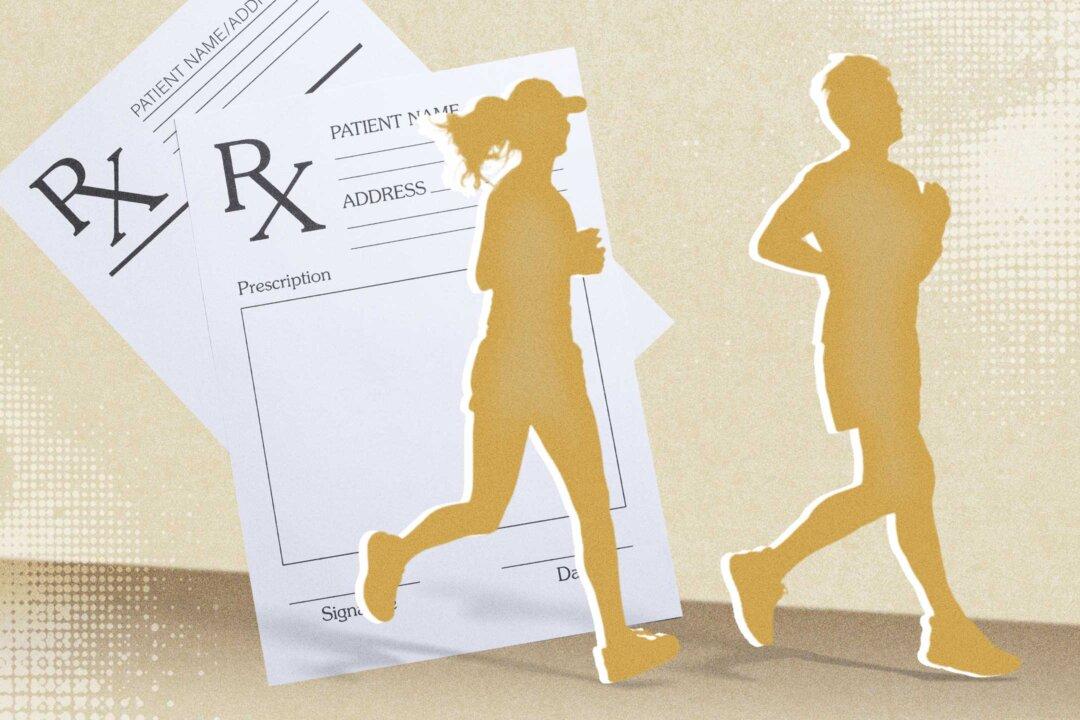Getting regular exercise is one of the most important things we can do to lower disease risk, manage weight, lift our moods, and promote mental clarity. Its impact on health and well-being is so beneficial that there’s really nothing else—no supplement, drug, diet, or device—that can replace it.
Even something as simple as a brisk walk on a regular basis has profound benefits. But the answer to the question “How much exercise do I need?” can be confusing.
The standard minimum recommendation of 30 minutes per day, five days per week may seem overwhelming for someone who gets no exercise, but too little for someone else with specific weight loss or fitness goals. Physical activity is good for everyone, but what form it takes can vary widely depending on age, fitness level, health, and personal goals. Are you training for a marathon, or just trying to maintain (or lose) weight and boost energy?
Minutes of Movement
So how much should we really be moving? The updated “Physical Activity Guidelines for Americans” offers recommendations. Preschool-aged children (below 5 years old) should be given plenty of opportunity to be physically active throughout the day (something that happens naturally when screens are turned off), while children and adolescents aged 6 to 17 need at least 60 minutes of moderate to vigorous physical activity per day.Adults should do between 150 and 300 minutes of moderate activity, or 75 to 150 minutes of vigorous activity, each day, as well as some muscle-strengthening activities at least twice per week. Older adults should follow these guidelines and also include some balance training in their fitness routine. Moderate activity can be defined as anything that raises the heart rate and gets you breathing harder, but not so hard that you can’t carry on a conversation.
Fitness guidelines provide a useful benchmark to give us some idea of what a healthy fitness level is for the majority of people. But individual circumstances do differ. Those suffering from chronic conditions that make vigorous exercise difficult or impossible will need to modify their fitness routine according to their abilities.
Individuals with underlying conditions should consult with a healthcare provider before starting an exercise routine to be sure that it’s safe and effective for them.
Small Steps Add Up
Robert Herbst, a 19-time world champion powerlifter, says, “Many sedentary people are turned off by the way exercise is portrayed. Exercise is sold with a no pain no gain attitude with instructors with bare midriffs and spandex urging them on. The deconditioned cannot cope with that because that type of exercise is uncomfortable and they are not good at it.“Instead, people should look for physical activity with the attitude that any movement is good, whether it’s walking the dog, gardening, or taking out the garbage. Also, the amount of activity is additive. Five minutes here and there adds up and you do not have to kill yourself at the gym to meet the CDC guidelines.
“They just have to move more in their daily life. As they get fitter and activity becomes easier, they can add more until they are able to take on something more challenging.”
The Motivation Factor
Even though consistency is important, we all sometimes feel a serious lack of motivation to get up and get moving, despite our best efforts starting out. At those times, it’s important to remind ourselves that our bodies and minds are worth taking care of.Planning ahead of time when you’ll exercise and finding a partner to exercise with can both help us follow through with a commitment to exercise. Listening to a podcast or watching a show can make the time spent exercising more enjoyable. Many people use fitness trackers to monitor activity and feel a sense of accomplishment when a goal is met.
And sometimes, it’s important to listen to our bodies and take a break if needed. Hart shares her personal approach: “I always make a deal with myself: If I start a workout, and still lack motivation, I can quit after 10 minutes. Ninety-five percent of the time, after 10 minutes of increasing my heart rate and getting the blood flowing to my muscles, the motivation appears and I follow through with the rest of my workout.
“The other 5 percent of the time, if I’m still not feeling like working out after 10 minutes, I give myself permission to take a day off (or, I'll try something less intense, like walking at a brisk pace on the treadmill while watching TV). Exercise and living an active lifestyle requires balance. Some days, our bodies and minds need rest, and it’s OK to take that rest. In my experience, giving myself the space and grace to recognize that not every day will be perfect, helps me stay motivated, and prevent burnout from exercise in the big picture.”
Physical activity is vital to our health and well-being, and most of us would benefit from more of it. Finding enjoyable ways to sit less and move more—whether “more” means walking around the block, trying out the weight room, or a new YouTube dance workout—is one of the best investments each of us can make in our own health.





